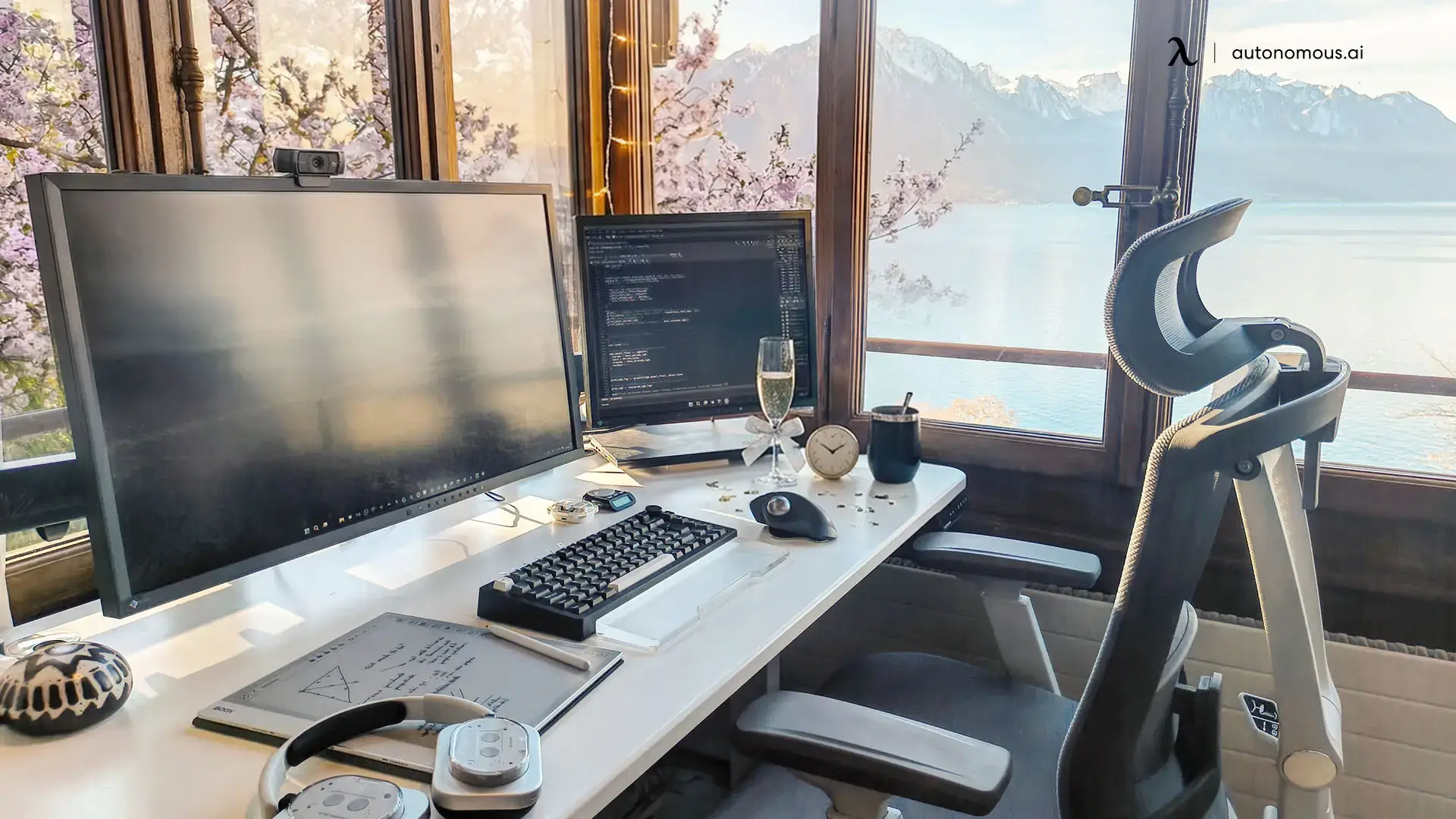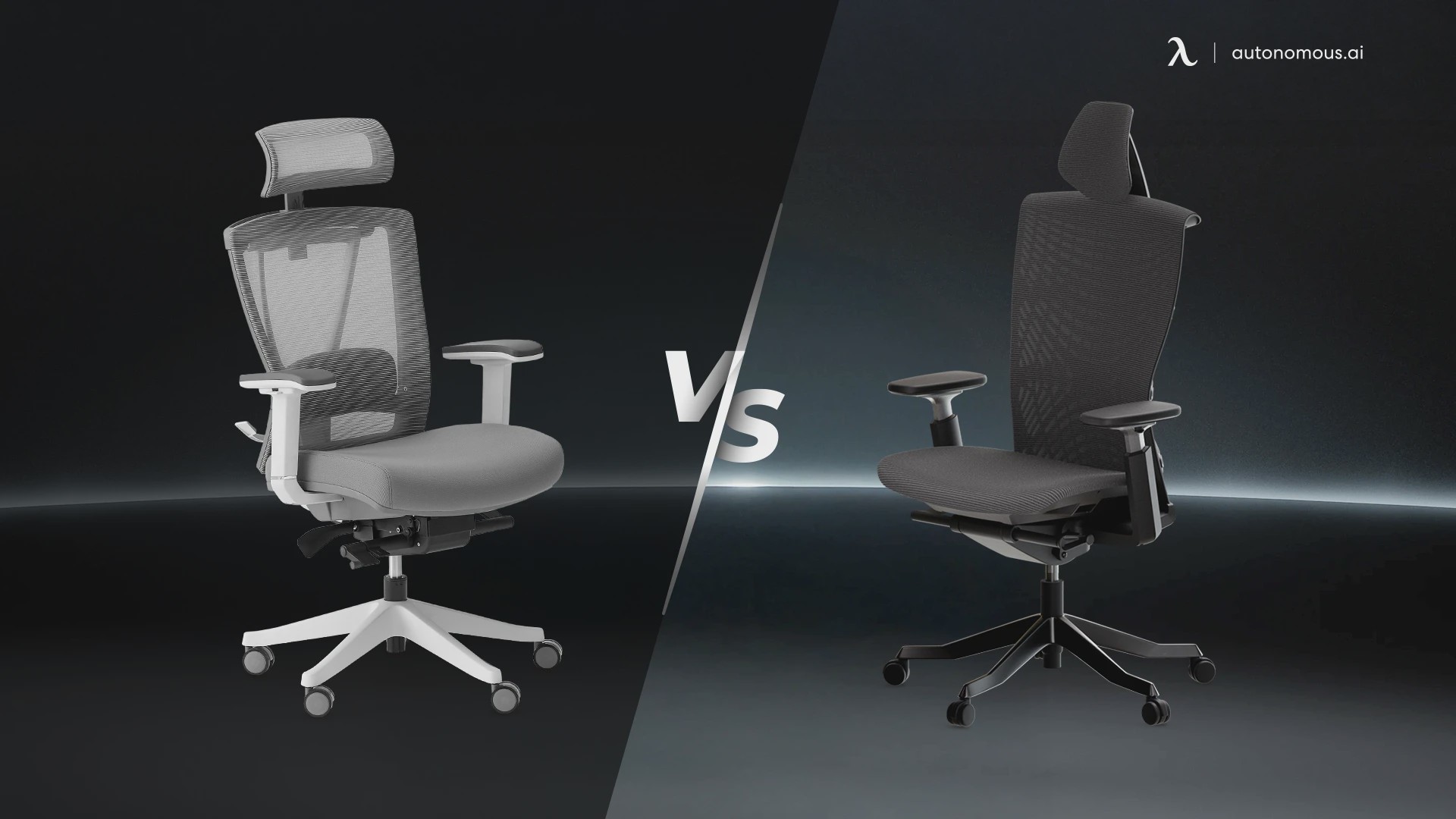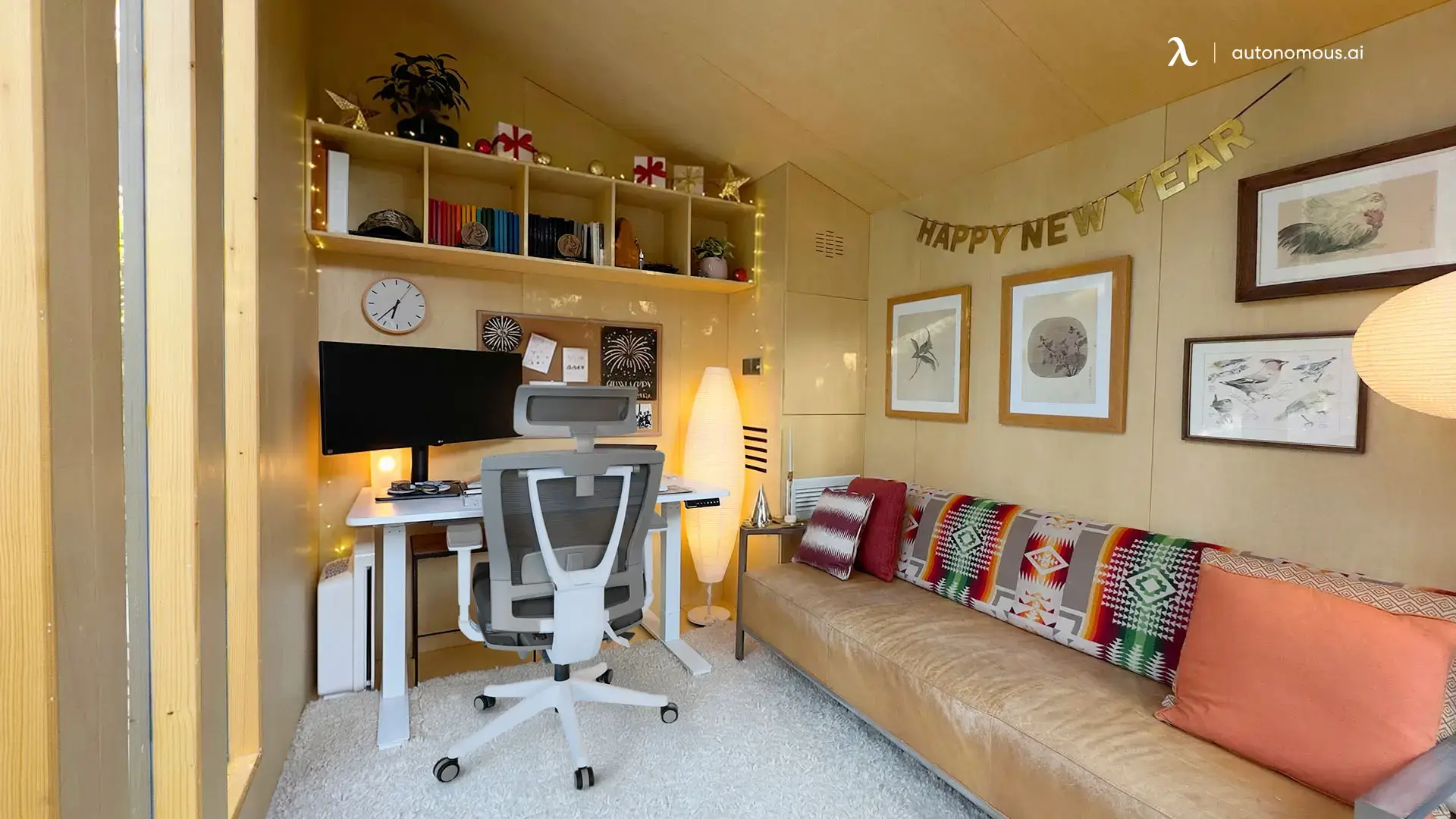- Newest
- Most viewed
Interested in a Link Placement?

Japanese New Year Gifts: What They Mean & How to Give
Japanese New Year gifts carry deep cultural meaning. Discover traditional symbolism, proper presentation, and common mistakes to avoid.
Latest Updates | Jan 7, 2026 640 views

12 Vietnamese New Year Gifts for Luck & Prosperity
Latest Updates | Jan 6, 2026 199 views

Best Lunar New Year Gift Sets That Bring People Together
Latest Updates | Jan 6, 2026 475 views

15 Best Fitness Apps for Weight Loss
Work Wellness | Dec 31, 2025 364 views

Feng Shui 2026 for Office and Home Office Setup
Workplace Inspiration | Dec 30, 2025 609 views

ErgoChair Pro vs Ultra 2: Which One Is Right for You?
Smart Products | Dec 28, 2025 567 views

Lunar New Year 2026 Zodiac - The Year of the Fire Horse
Latest Updates | Dec 29, 2025 659 views

15 Best New Year Gift Ideas for Mom
Latest Updates | Dec 26, 2025 830 views

11 New Year Gifts for Wife to Start the Year Together
Latest Updates | Dec 26, 2025 947 views
.webp)
Autonomous ErgoChair Pro vs Secretlab TITAN: Full Comparison
Latest Updates | Dec 25, 2025 684 views

10 Best New Year Gift Ideas for Your Husband
Latest Updates | Dec 25, 2025 547 views

10 DIY New Year Gift Ideas That Feel Thoughtful
Latest Updates | Dec 25, 2025 992 views
.svg)
